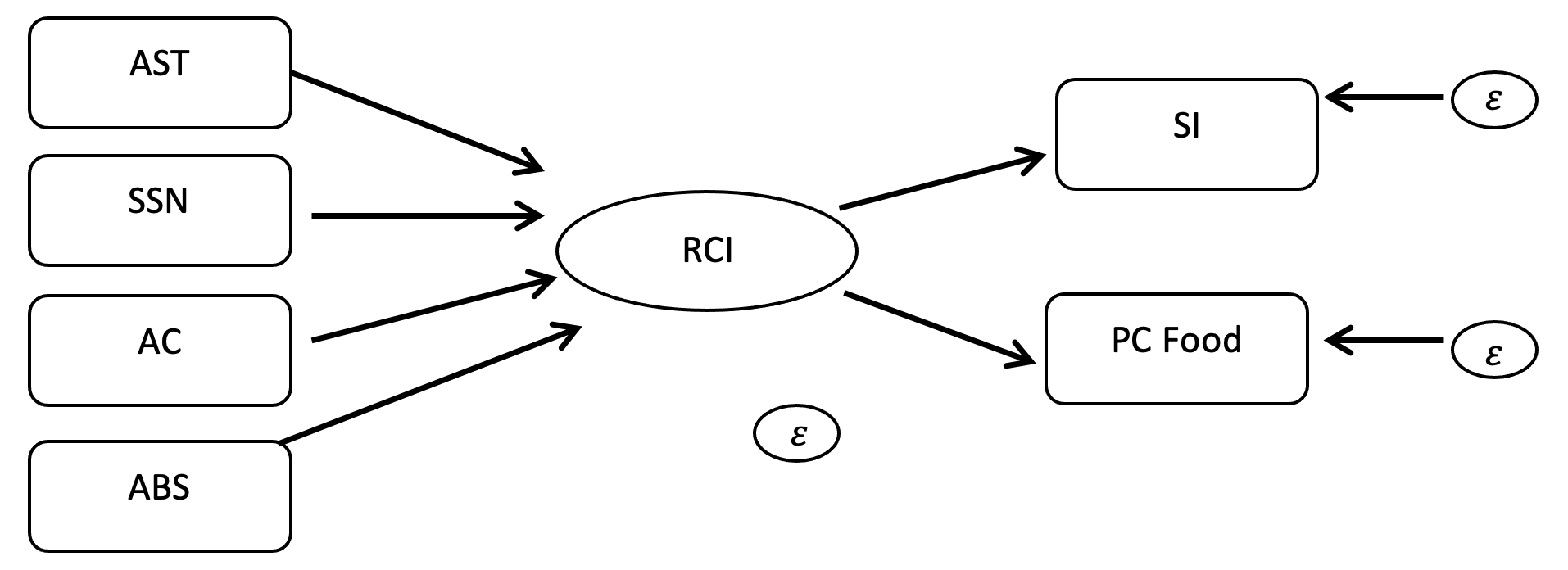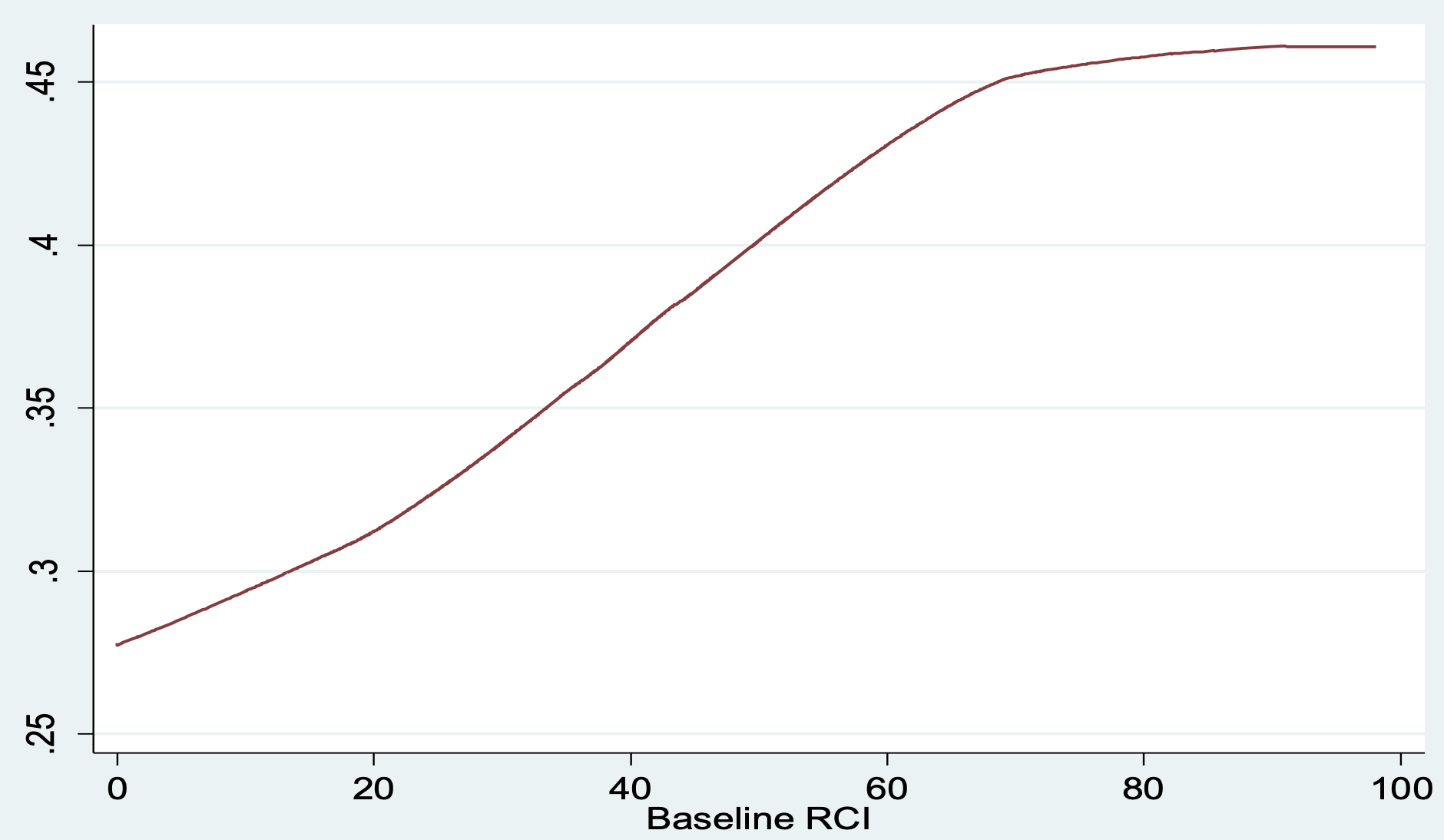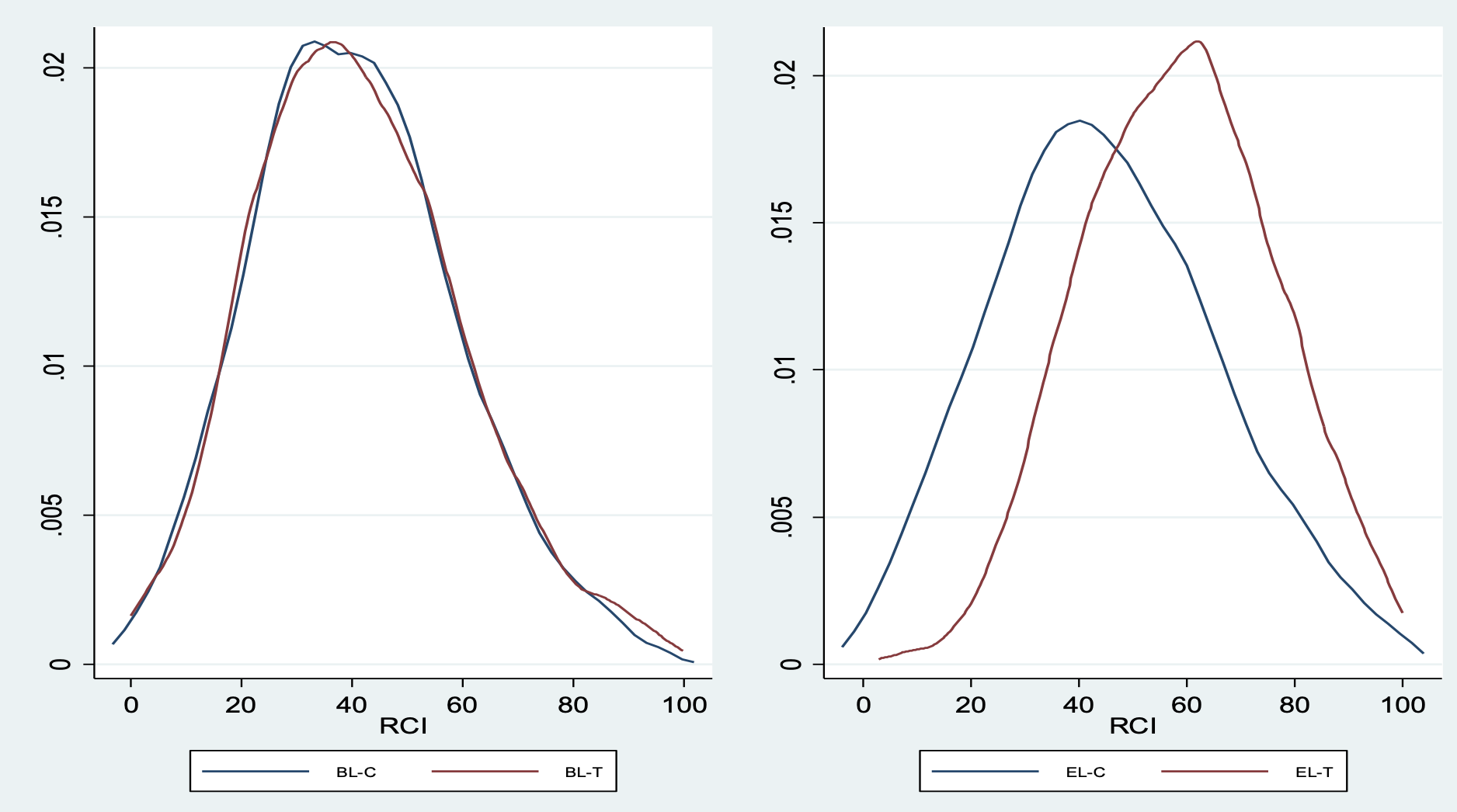
Resilience measures can predict choice of coping strategies, helping targeted cash transfers improve how vulnerable households respond to shocks
The concept of resilience is increasingly central in the international development discourse for assessing the vulnerability and response capacity of individuals, households, and communities to negative shocks and stressors to livelihoods, particularly those that threaten food security. Various scholars and institutions have put forward alternative definitions of resilience (e.g. Resilience Alliance 2002, Catholic Relief Services 2013, Barrett and Constas 2014, FSIN-RMTWG 2014, USAID 2018).
The common thread running through all of these definitions is that resilience should reflect an ability to successfully avoid poverty and food insecurity in the event of negative shocks or stressors to an established pattern of livelihood. USAID, for example, defines resilience as “the ability of people, households, communities, countries, and systems to mitigate, adapt to, and recover from shocks and stresses in a manner that reduces chronic vulnerability and facilitates inclusive growth”.
More simply, resilience is the ability to manage adversity and change without compromising current and future well-being. Thus, more resilient households are able to adopt positive coping strategies when faced with a negative shock that leads to a sudden loss of income and can recover more rapidly.
Measuring resilience: The Resilience Index Measurement and Analysis
Despite the increasing popularity of the concept, empirical approaches to measuring resilience differ widely (e.g. Kimetrica 2015, Alfani et al. 2015, Signorelli et al. 2016, Cissé and Barrett 2018, Smith and Frankenberger 2018, Knippenber et al. 2019), and the validity of existing approaches have not been rigorously assessed.
Furthermore, the role of cash transfer programmes in building resilience have not been widely explored. These gaps have limited systematic efforts to compare the cost effectiveness and efficiency of the variety of interventions designed to improve resilience at the individual, household, or community levels (USAID 2018).
In a recent paper (Otchere and Handa 2022), we use data from a cash transfer evaluation in Malawi to measure the resilience of households using the Resilience Index Measurement and Analysis (RIMA) methodology developed by the Food and Agricultural Organisation (FAO 2016). RIMA, developed in 2008 and refined in 2016, is one of the most widely used measures of resilience in the literature (d’Errico et al. 2020). The methodology entails estimating a resilience capacity index (RCI) for each household using multiple indicators across four domains or pillars, namely:
- adaptive capacity (AC)
- access to basic services (ABS)
- access to social safety nets (SSN) and
- ownership of productive assets (AST).
These four pillars are used to predict the RCI, and the RCI is in turn used to predict household per capita food consumption (PC) and dietary diversity (SI). Figure 1 provides a visual representation of the RIMA framework. (The four pillars on the left are used to build the RCI, which is used to predict food PC and SI; the entire model shown in Figure 1 is estimated jointly.)
Figure 1 RIMA conceptual framework

Data and approach
We use data from a randomised controlled trial of Malawi’s flagship Social Cash Transfer Programme, which currently has national coverage.
- Baseline data was collected prior to the start of an expansion phase in 2013.
- Endline data was collected from the same households in 2015, after two years of regular cash transfers.
- Out of 3,351 households interviewed at the baseline, 3303 were successfully interviewed at the endline, representing a response rate of 95.5%.
Details of the intervention, evaluation design, analytical approaches, and findings can be found in the endline report (Carolina Population Center 2016). We use RIMA to construct the RCI for each household at baseline, and assess its ability to predict future coping strategies in the face of shocks – a test of predictive validity. We then construct the RCI again using the endline data, and compare changes across treatment and control groups.
The Resilience Capacity Index (RCI) predicts household coping strategy choices
We find that the RCI is able to predict future ability of households to respond to negative shocks with more positive coping strategies (such as relying on own savings, receiving unconditional help from relatives/friends, or selling livestock) rather than negative coping strategies (such as reducing expenditure on health and/or education, sending children to live elsewhere, reducing portion sizes of meals or skipping meals altogether).
- Using just the control group, we find that households with the highest RCI at baseline were 1.7 times more likely to adopt positive coping strategies to shocks compared to households with the lowest RCI at baseline (Figure 2), which is strong evidence of predictive validity.
- The RCI was also predictive of future food security and consumption. About 21% of households with high resilience at baseline had no worry about food during the endline, compared to just 5% of households with low resilience at baseline.
- We further show that the RCI is a stronger predictor of future positive coping than consumption or assets, both of which are theoretically competing candidates for measuring resilience.
Figure 2 Baseline RCI and endline share of positive coping to shocks among control households

Malawi’s cash transfer programme improves household resilience
Turning to the impact of the Social Cash Transfer Programme on resilience, we find that the RCI increased by 12 percentage points in the treatment group relative to the control group, a 30% increase over the baseline mean RCI.
- The left panel of Figure 3 shows that at baseline, the distribution of the RCI was identical for both control and treatment households.
- The right panel of Figure 3 shows that, at endline, we see a big shift in the distribution of the RCI for the treatment group compared to the control group.
Our results are consistent with that of d’Errico et al. (2020) who assessed the impact of the Lesotho Child Grant Programme on the RCI. The positive impacts are achieved through the strengthening of household asset holdings (particularly livestock and agricultural tools), as well as income diversification, which significantly improves the adaptive capacity of households.
Figure 3 Resilience capacity index (RCI) at baseline (BL) and endline (EL) for treatment (T) and control (C) households

Implications for policy: Using the RCI as an early warning tool, and using cash transfers to improve resilience
The findings here show that the resilience measure developed by FAO has predictive validity in measuring the resilience of households. Low RCI is predictive of a higher likelihood of negative coping strategies and reduced food security and consumption in the future. This implies that the RCI can be used as an early warning measure or targeting tool, to identify households with the least resilience capacity, and thus most in need of interventions to improve their resilience prior to a shock, or to ameliorate the impact of a shock after it has occurred.
Second, we show that an unconditional cash transfer, whose primary objective is short-term consumption support, can also strengthen resiliency, and thus the ability of ultra-poor households to better withstand shocks. This puts unconditional cash transfers, a relatively straightforward intervention to implement at scale, firmly in the toolbox of interventions to improve the resiliency of households.
Further testing of the validity of the RCI and the impacts of cash transfers versus other types of interventions on the RCI are warranted, especially in humanitarian contexts. Further studies to examine the predicative validity of the RCI to specific shocks are also needed, to provide better guidance on the types of shocks that leave households most vulnerable, which could then trigger a programmatic response.
References
Alfani, F, A Dabalen, P Fisker, and V Molini (2015), "Can we measure resilience? A proposed method and evidence from countries in the Sahel", World Bank Policy Research Working Paper No. 7170.
Barrett, C and M A Constas (2014), “Towards a theory of resilience for international development applications”, Proceedings of the National Academy of Sciences 111.40: 14625-14630.
Carolina Population Center (2016), Malawi Social Cash Transfer Programme Endline Impact Evaluation Report.
Catholic Relief Services (2013), Niger Resilience Study, Baltimore, MA: Catholic Relief Services.
Cisse, J & C Barrett (2018), “Estimating development resilience: A conditional moments-based approach”, Journal of Development Economics 135:272-284.
d'Errico, M, A Garbero , M Letta, and P Winters (2020), “Evaluating Programme Impact on Resilience: Evidence from Lesotho’s Child Grants Programme”, The Journal of Development Studies 2212-2234.
FAO (2016), Resilience Index Measurement and Analysis II, Rome, Italty: Food and Agricultural Organisation of the United Nations.
Food Security Information Network (FSIN) Resilience Measurement Technical Working Group (RMTWG) (2014), Resilience Measurement Principles, FSIN Technical Series No.1.
Kimetrica (2015), “Measuring climate resilience and vulnerability: A case study from Ethiopia”, in Famine early warning systems network, FEWSNet, Washington DC: United States Agency for International Development.
Knippenberg, E, N Jensen, and M Constas (2019), “Quantifying household resilience with high-frequency data: Temporal dynamics and methodological options”, World Development 121: 1–15.
Otchere, ,F S Handa, S and Malawi SCTP Impact Evaluation Team (2022), “Building resilience through social protection: Evidence from Malawi”, The Journal of Development Studies.
Resilience Alliance (2002), "Key concepts".
Signorelli, S, C Azzarri, and C Roberts (2016), "Malnutrition and climate patterns in the ASALs of Kenya: A resilience analysis based on a pseudo-panel dataset (Vol. 2)", Washington, DC: International Food Policy Research Institute.
Smith, L and T Frankenberger (2018), “Does resilience capacity reduce the negative impact of shocks on household food security? Evidence from the 2014 floods in Northern Bangladesh”, World Development 102(C): 358–376.
USAID (2018), Resilience Evidence Forum Report.


